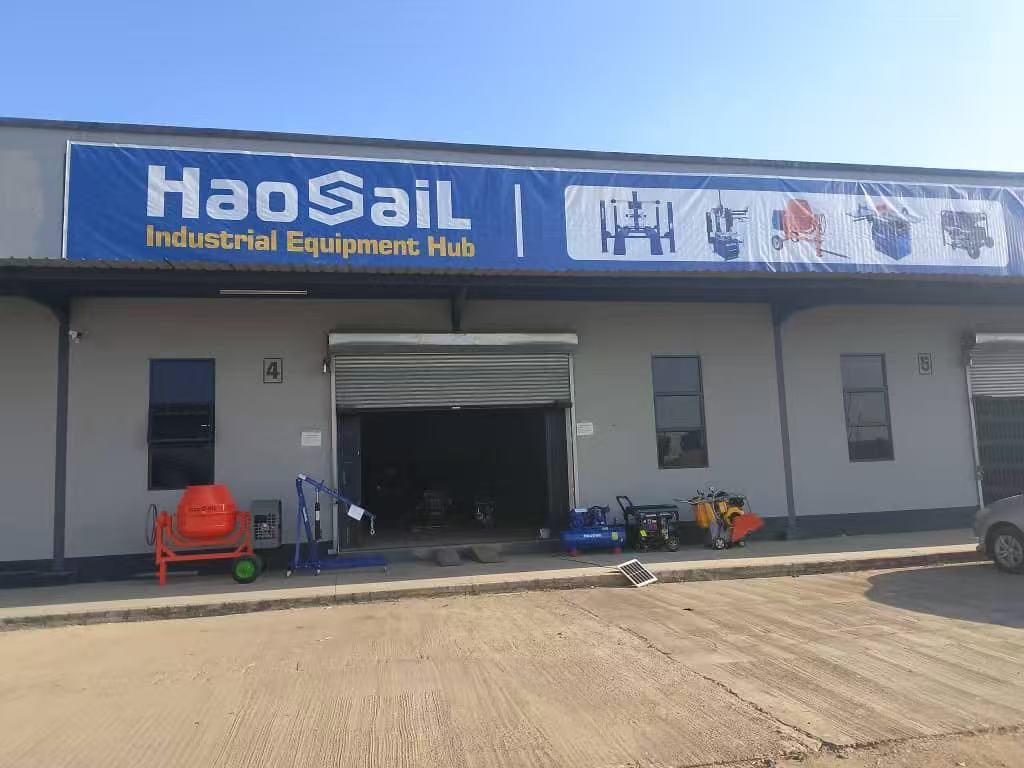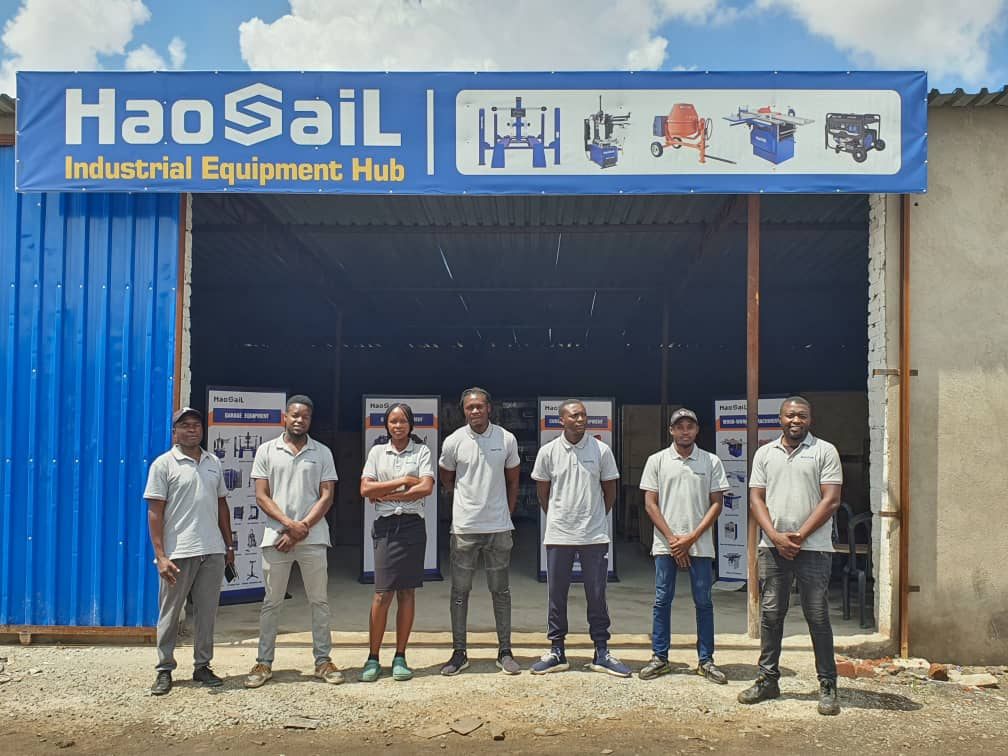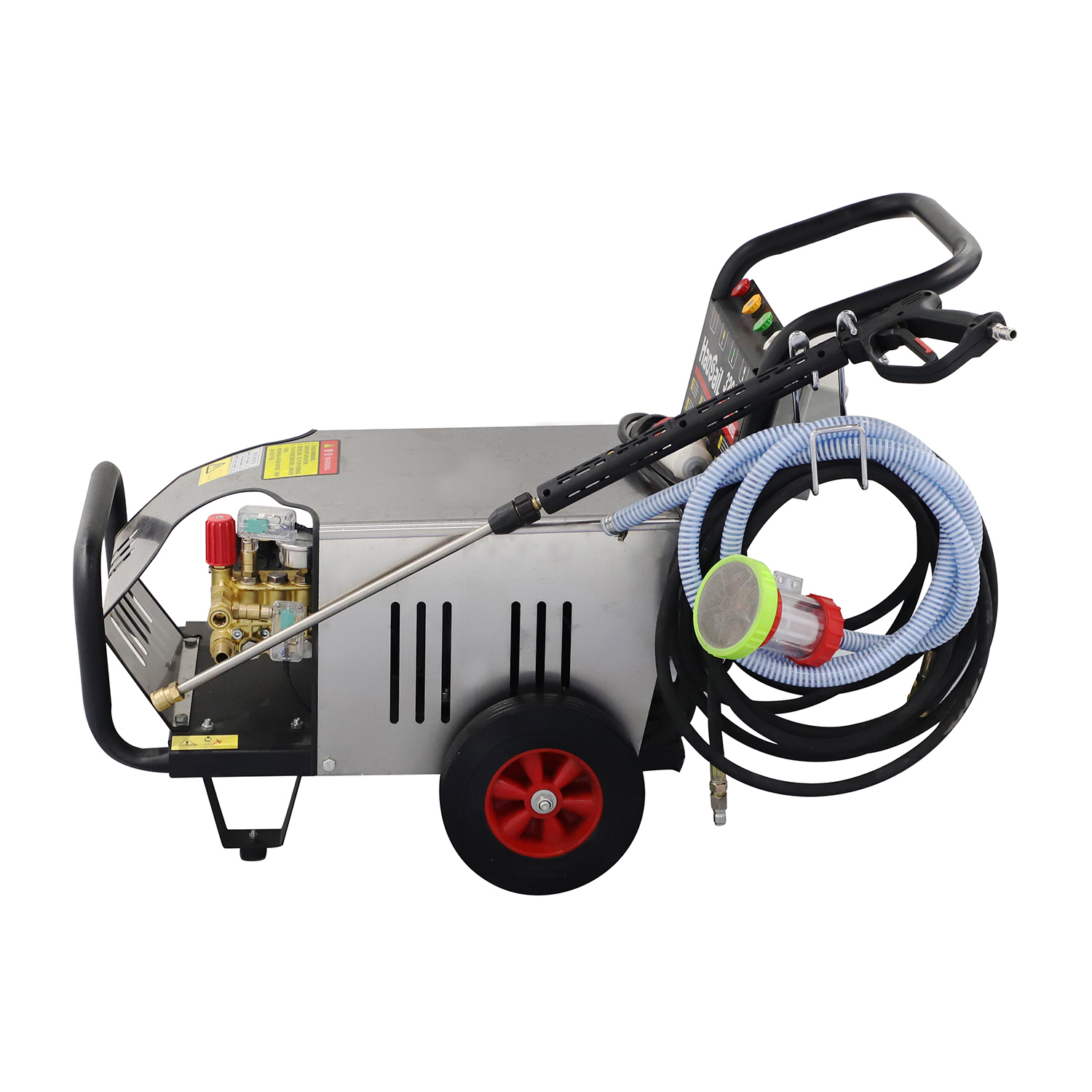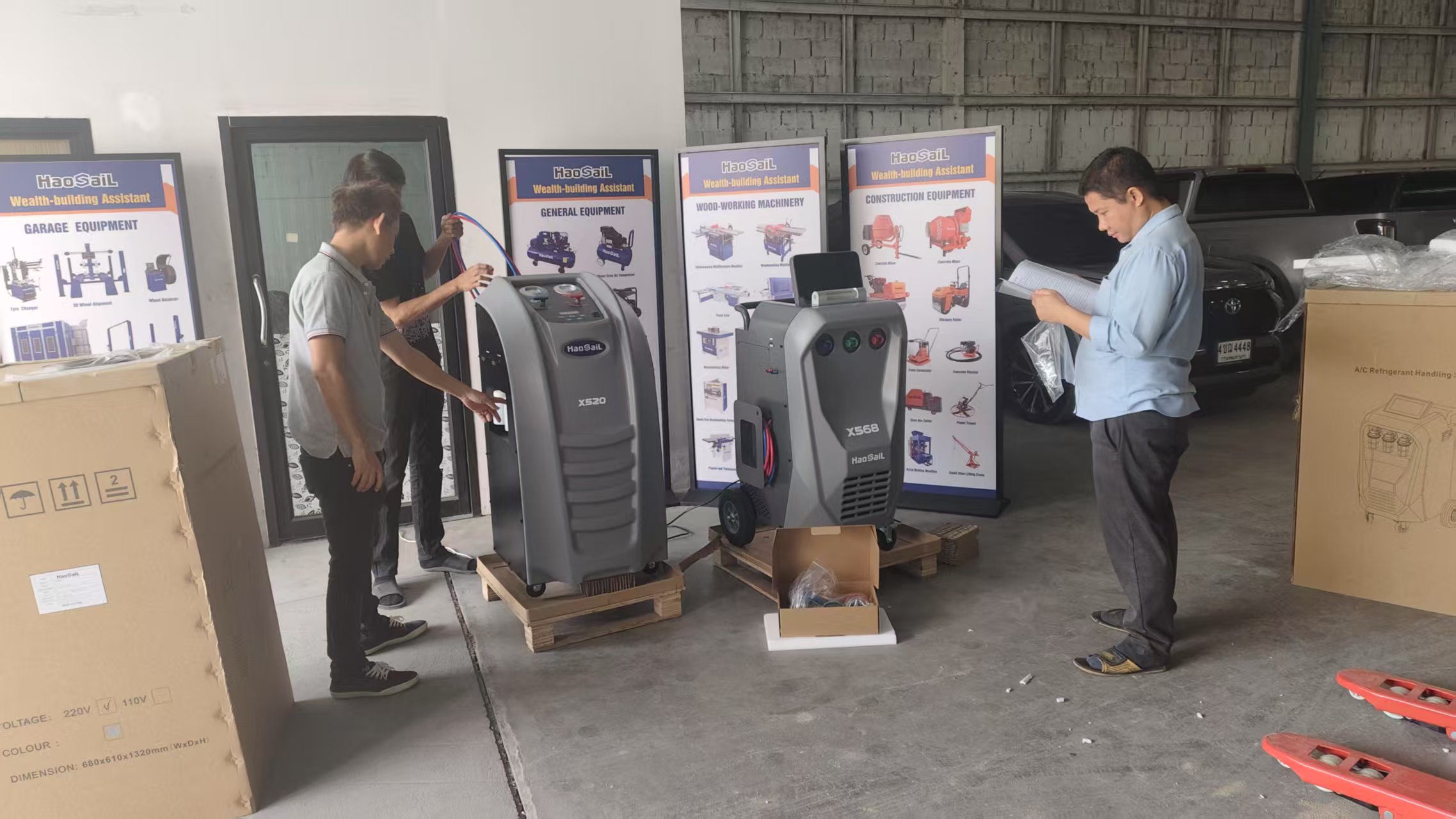
Aug 27, 2025

Aug 12, 2025

Jun 04, 2025

May 30, 2025
B4, Qingdao High-Tech Zone, No. 17 Songyuan Road, Qingdao.
+86 13864822549

Modern spray booth painting systems have become essential equipment for achieving professional-grade finishes in automotive refinishing and industrial coating applications. This article examines the working principles of spray booth painting technology, analyzes global market conditions, and outlines critical operational guidelines for optimal performance.
Working Principle of Spray Booth Painting Systems
The core function of a spray booth painting system revolves around creating a controlled environment for coating application. These sophisticated enclosures utilize three fundamental mechanisms:
1. Airflow Management
Spray booth painting facilities employ precisely engineered ventilation systems that create laminar airflow patterns. Downward-moving filtered air (in downdraft configurations) or horizontal airflow (in crossdraft designs) carries overspray particles away from the work surface, typically at velocities of 0.3-0.5 m/s.
2. Filtration Technology
Multi-stage filtration in spray booth painting systems begins with intake air filters (usually EU4-EU8 grade) to remove contaminants, followed by exhaust filters that capture overspray. Advanced booths incorporate water-wash or dry filter systems with 98%+ efficiency.
3. Environmental Control
Modern spray booth painting units maintain optimal conditions with:
- Temperature regulation (typically 20-25°C)
- Relative humidity control (40-60%)
- Balanced air replacement rates (10,000-50,000 CFM)
Global Market Analysis
1. North American Market
The U.S. and Canada show strong demand for energy-efficient spray booth painting systems, with growing adoption of:
- VOC abatement technologies
- Robotic painting integration
- Modular booth designs
2. European Market
EU regulations drive innovation in spray booth painting technology, particularly in:
- Low-emission systems
- Heat recovery units
- Waterborne paint compatibility
3. Asia-Pacific Growth
China's automotive sector fuels demand for spray booth painting equipment, with:
- 12% annual market growth
- Increasing domestic manufacturing
- Rising quality standards
4. Emerging Markets
Countries like India and Brazil show growing spray booth painting adoption in:
- Automotive refinish shops
- Industrial coating facilities
- Aerospace applications
Critical Operational Guidelines
1. Pre-Operation Checks
- Verify all spray booth painting filters are clean and properly installed
- Confirm airflow patterns meet specifications
- Check lighting levels (minimum 1000 lux)
2. Proper Spray Technique
- Maintain consistent gun distance (15-20cm)
- Use overlapping strokes (50% overlap)
- Follow manufacturer-recommended pressure settings
3. Paint Mixing Protocol
- Precisely measure components
- Strain all materials
- Maintain proper viscosity
4. Curing Process Control
- Adhere to recommended flash times
- Monitor bake temperatures
- Ensure adequate ventilation
5. Maintenance Requirements
Daily:
- Clean floors and walls
- Empty waste containers
Weekly:
- Inspect filter condition
- Check fan operation
Monthly:
- Test safety systems
- Verify airflow balance
Safety Considerations
Modern spray booth painting facilities must address:
- Explosion-proof electrical systems
- Proper grounding
- Fire suppression equipment
- PPE requirements (respirators, suits)
Conclusion
The spray booth painting industry continues to evolve with technological advancements that improve finish quality while reducing environmental impact. Understanding the working principles, market dynamics, and proper operation techniques enables businesses to maximize their investment in spray booth painting systems. As global environmental regulations tighten and quality expectations rise, the importance of properly specified and operated spray booth painting facilities becomes increasingly critical for competitive operations in automotive and industrial coating applications.